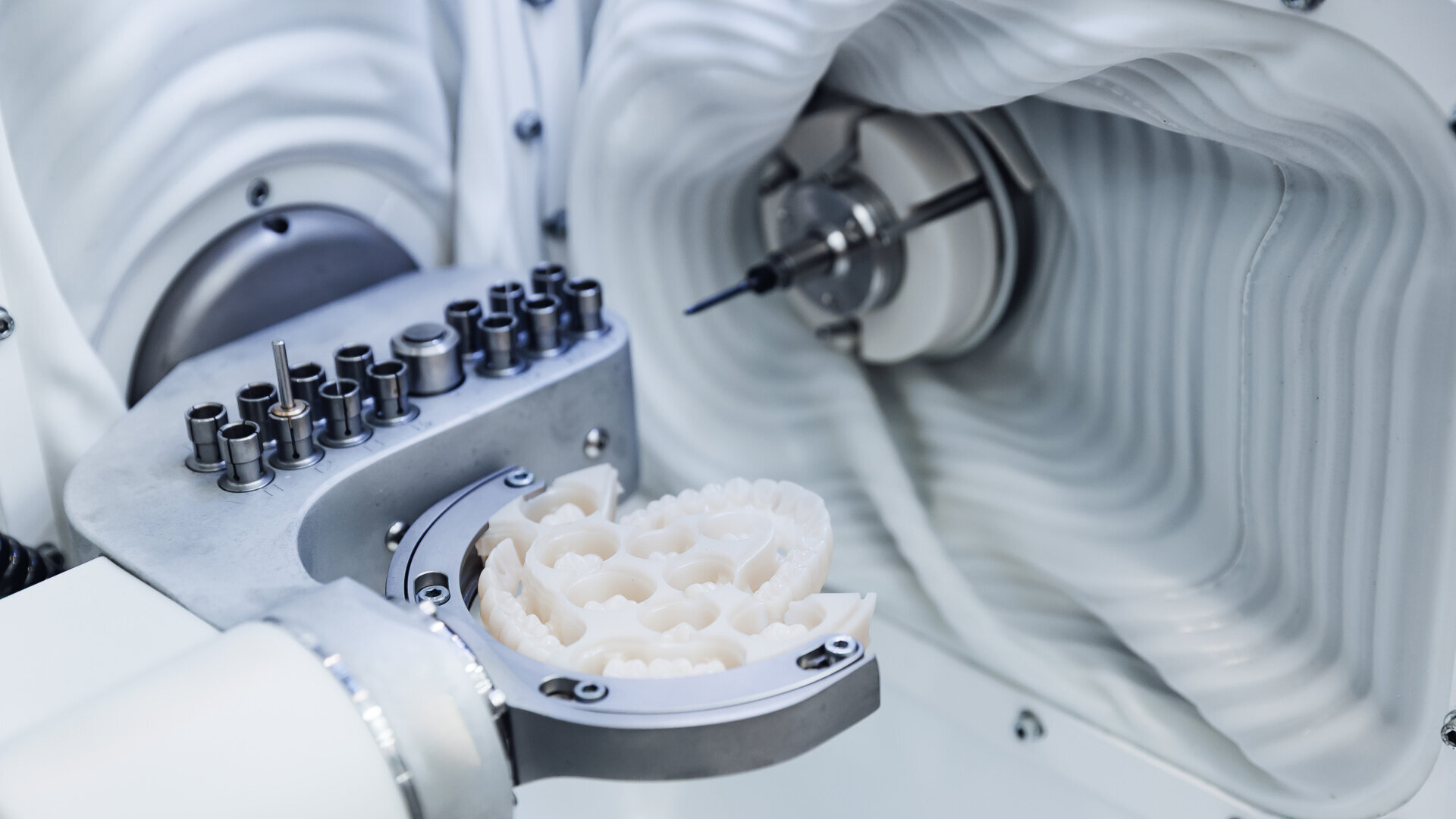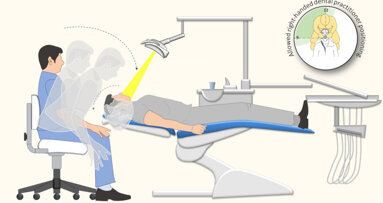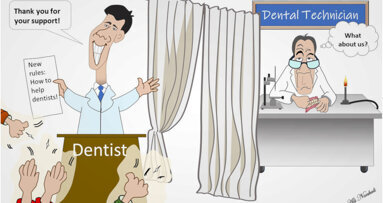Recent developments in both manufacturing and clinical practice highlight the speed of progress. At the annual Planmeca Group meeting this past July in Helsinki in Finland, the company demonstrated how quickly its software and educational programmes have advanced in just a few years—illustrating the accelerating pace of digital dentistry worldwide. On the clinical side, Dentaltech Group has transformed from having no digital infrastructure to having full digital integration within a remarkably short time frame. According to CEO Bevin Mahon, this rapid shift underscores how AI-driven and digital workflows can be successfully adopted when leadership embraces innovation.
Systematic reviews further support AI’s high utility in prosthodontics. For instance, a PRISMA-based systematic review of more than 3,400 studies found 18 that met inclusion criteria, highlighting AI’s role in improving diagnostic accuracy, treatment planning and prosthesis design.2 Similarly, the same review shows that, in implant dentistry, AI already demonstrates nearly 90% accuracy in identifying implants, planning procedures and predicting outcomes using CBCT images.
Nevertheless, AI adoption is not uniform. Many practitioners remain cautious, awaiting more evidence of reliability, user-friendly interfaces and clear training pathways before integrating these tools into their routines.
Current applications of AI in prosthodontics
AI today works quietly behind the scenes—not as flashy robotics but as powerful software support. Such systems are designed to assist, not replace, clinical judgment.
Diagnosis and early detection: AI models identify caries, fractures and anatomical landmarks in radiographs and CBCT with high sensitivity and speed.3
Treatment planning support: Deep learning algorithms assist with planning implant placement and selecting optimal prosthetic designs based on anatomical data.4
Design optimisation: By analysing previous successful cases, AI can suggest marginal designs, contours and occlusion adjustments—improving fit and reducing manual effort.
Shade matching: Advanced image analysis tools help clinicians achieve better aesthetic outcomes by accurately matching prosthetic shades.
Complex prosthetic designs: AI models can generate anthropometrically tailored removable or maxillofacial prostheses.5
A real-world comparison: AI versus traditional workflows
Early adopters of AI report fewer laboratory remakes and higher patient satisfaction, though oversight remains essential. Consider the example of a patient requiring a removable partial denture and how this case may be managed with AI today:
Traditional workflow: Impressions are taken, bite registration is recorded, the technician is consulted and shape adjustments are done, often requiring multiple visits.
AI-enhanced workflow: Digital scans are uploaded to AI-enabled platforms, which suggest clasp placement, occlusal balance and aesthetic proportions, saving time and improving first-fit outcomes.



 Austria / Österreich
Austria / Österreich
 Bosnia and Herzegovina / Босна и Херцеговина
Bosnia and Herzegovina / Босна и Херцеговина
 Bulgaria / България
Bulgaria / България
 Croatia / Hrvatska
Croatia / Hrvatska
 Czech Republic & Slovakia / Česká republika & Slovensko
Czech Republic & Slovakia / Česká republika & Slovensko
 France / France
France / France
 Germany / Deutschland
Germany / Deutschland
 Greece / ΕΛΛΑΔΑ
Greece / ΕΛΛΑΔΑ
 Hungary / Hungary
Hungary / Hungary
 Italy / Italia
Italy / Italia
 Netherlands / Nederland
Netherlands / Nederland
 Nordic / Nordic
Nordic / Nordic
 Poland / Polska
Poland / Polska
 Portugal / Portugal
Portugal / Portugal
 Romania & Moldova / România & Moldova
Romania & Moldova / România & Moldova
 Slovenia / Slovenija
Slovenia / Slovenija
 Serbia & Montenegro / Србија и Црна Гора
Serbia & Montenegro / Србија и Црна Гора
 Spain / España
Spain / España
 Switzerland / Schweiz
Switzerland / Schweiz
 Turkey / Türkiye
Turkey / Türkiye
 UK & Ireland / UK & Ireland
UK & Ireland / UK & Ireland
 International / International
International / International
 Brazil / Brasil
Brazil / Brasil
 Canada / Canada
Canada / Canada
 Latin America / Latinoamérica
Latin America / Latinoamérica
 USA / USA
USA / USA
 China / 中国
China / 中国
 India / भारत गणराज्य
India / भारत गणराज्य
 Pakistan / Pākistān
Pakistan / Pākistān
 Vietnam / Việt Nam
Vietnam / Việt Nam
 ASEAN / ASEAN
ASEAN / ASEAN
 Israel / מְדִינַת יִשְׂרָאֵל
Israel / מְדִינַת יִשְׂרָאֵל
 Algeria, Morocco & Tunisia / الجزائر والمغرب وتونس
Algeria, Morocco & Tunisia / الجزائر والمغرب وتونس
 Middle East / Middle East
Middle East / Middle East












































To post a reply please login or register